
The digital age has ushered in a new era of marketing and brand representation, with social media influencers becoming pivotal in shaping consumer preferences
The global fashion industry is one of the most influential sectors, with its economic impact and employment figures reflecting its significance.
According to a “State of Fashion 2024” report, the industry is expected to post top-line growth of 2 to 4 percent by end of 2024. This growth is anticipated despite challenges such as subdued economic growth, persistent inflation, and weak consumer confidence1.
Additionally, Statista forecasts that revenue in the fashion market is projected to reach US$770.90 billion by the end of 2024.
This figure represents a substantial portion of the world’s economy and highlights the industry’s role in global trade and commerce.
In terms of employment, the fashion industry provides jobs for over 60 million people worldwide. This includes a wide range of roles, from design and manufacturing to distribution and retail.
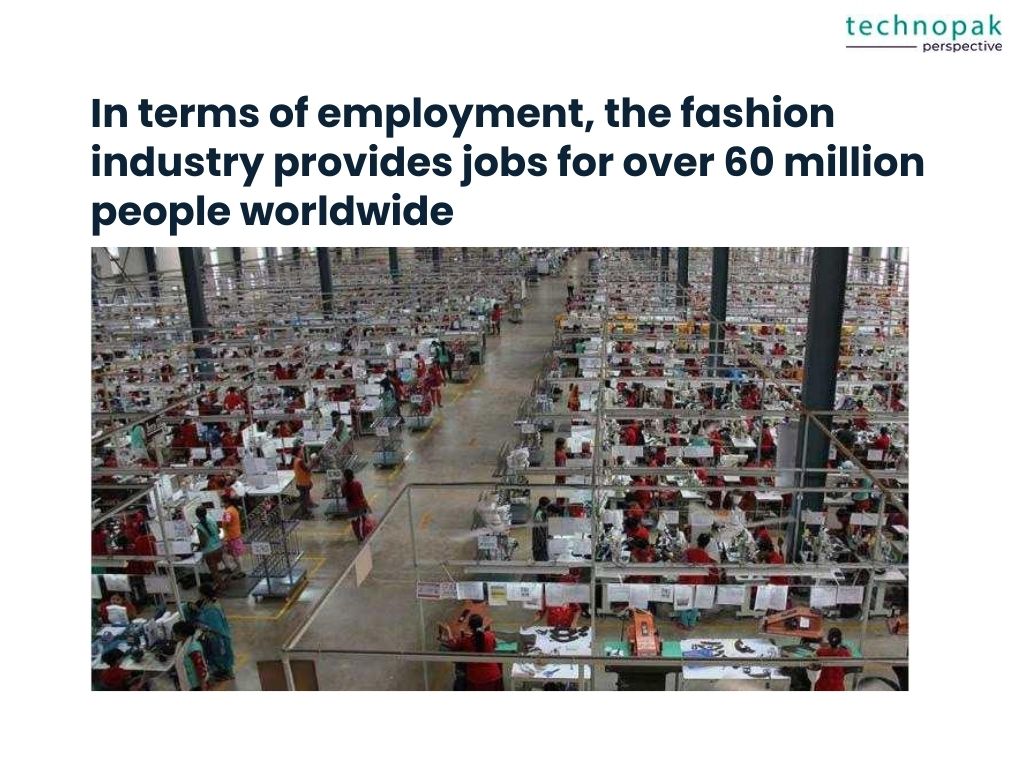
However, behind the glamour and the trends, there is a dark side to this industry that often exploits and abuses the human rights of millions of garment workers, especially in developing countries such as India, Bangladesh, China, and Vietnam.
Ethical fashion is a movement that aims to address these issues and promote fair and humane practices in the production and consumption of clothing.
The term “ethical fashion” gained significant traction in recent years, particularly after the 2015 launch of the #WhoMadeMyClothes campaign.

This campaign was a response to the Rana Plaza disaster in 2013 and has since become a major movement advocating for transparency and ethical practices in the fashion industry.
The campaign’s growth over the years has highlighted the increasing consumer demand for ethical fashion and has played a pivotal role in raising awareness about the conditions under which clothing is produced.

The garment industry is a global powerhouse, with several countries leading the way in production and export. The most prominent garment industries are found in:

Production: As of April 2024, China produced approximately three billion meters of clothing fabric, indicating a year-over-year growth of 2.5 percent.
Exports: From January to March 2024, China’s exports of textiles, garments, and accessories rose to $65.910 billion, a 2.00 percent increase from the previous year. This growth included a 1.4 percent rise in garment exports and a 2.6 percent increase in textile products.
Production: As of the latest available data, India’s cloth production in the fiscal year 2024 was approximately 71 billion square meters.
Exports: India’s textile and apparel exports (including handicrafts) stood at US$ 28.72 billion in FY24 (April-January 2024). Specifically for ready-made garments, the exports were valued at US$ 16.19 billion in FY23, and there has been a growth in the subsequent year.
Production: The latest production data released by the Bangladesh Garment Manufacturers and Exporters Association (BGMEA) for the fiscal year 2022-23 indicates that Bangladesh’s ready-made garment (RMG) exports totaled $46.991 billion, which is an increase from the previous year
Exports: Bangladesh’s RMG exports to new markets witnessed a robust growth of 10%, reaching a total of $7.70 billion in July-April of FY24, compared to $7 billion in the equivalent period of the previous fiscal year.
Overall, Bangladesh’s RMG exports increased by 2.86% to $43.85 billion from July 2023 to May 2024, compared to $42.63 billion in the same period of the previous fiscal year3. The country’s garment exports are projected to rebound to a growth of 7-10% in 2024.
Production: The latest figures for Vietnam’s clothing production in 2024 indicate a positive trend in the textile and garment industry. The General Statistics Office of Vietnam reported that in the first quarter of 2024, fibers, yarn, garments, cord fabrics, technical fabrics, footwear, and ingredient materials all grew positively over the same period. While specific numbers for the production volume of clothes are not detailed, the overall textile and garment export value to major markets like the US, Japan, EU27, and Korea has shown significant improvement.
Exports: In the first two months of 2024, Vietnam’s textile and garment exports surged by 15% Y-o-Y to $5.2 billion, indicating the industry’s pivotal shift towards green production practices.
Production: Turkey is known for its fashion manufacture, with over 65 billion dollars per year worth of garments and fashion goods produced.
Exports: In Q1 2024, Turkey’s apparel exports declined by 9.66% year-over-year to $4.538 billion. Knitted and crocheted clothing exports decreased by 8.1%, while non-knitted apparel dropped by 11.4%. Overall, from January to April 2024, Turkey’s apparel exports dipped by 11.1% to $5.638 billion.

The garment industry is notorious for its poor working conditions, low wages, long hours, health and safety hazards, environmental pollution, child labour, forced labour, gender discrimination, sexual harassment, and violence.
These issues affect millions of workers, mostly women and children, who are often trapped in a cycle of poverty and vulnerability.
Poor Working Conditions: Workers often face long hours, inadequate breaks, and unsafe working environments.
Low Wages: Many workers are paid below the living wage, making it difficult to afford basic necessities.
Health and Safety Hazards: Factories may lack proper safety measures, leading to accidents and health issues.
Environmental Pollution: The industry contributes to pollution through the use of toxic dyes and chemicals.
Child Labour: Children are sometimes employed in factories, depriving them of education and a safe childhood.
Forced Labour: There have been reports of workers being forced to work against their will.
Gender Discrimination: Women, who make up a large portion of the workforce, often face discrimination and unequal pay.
Sexual Harassment: Sexual harassment is a prevalent issue, with many workers facing abuse from supervisors or colleagues.
Violence: Physical violence against workers has been reported in some factories.
Some of the recent examples of human rights violations in the garment industry include:
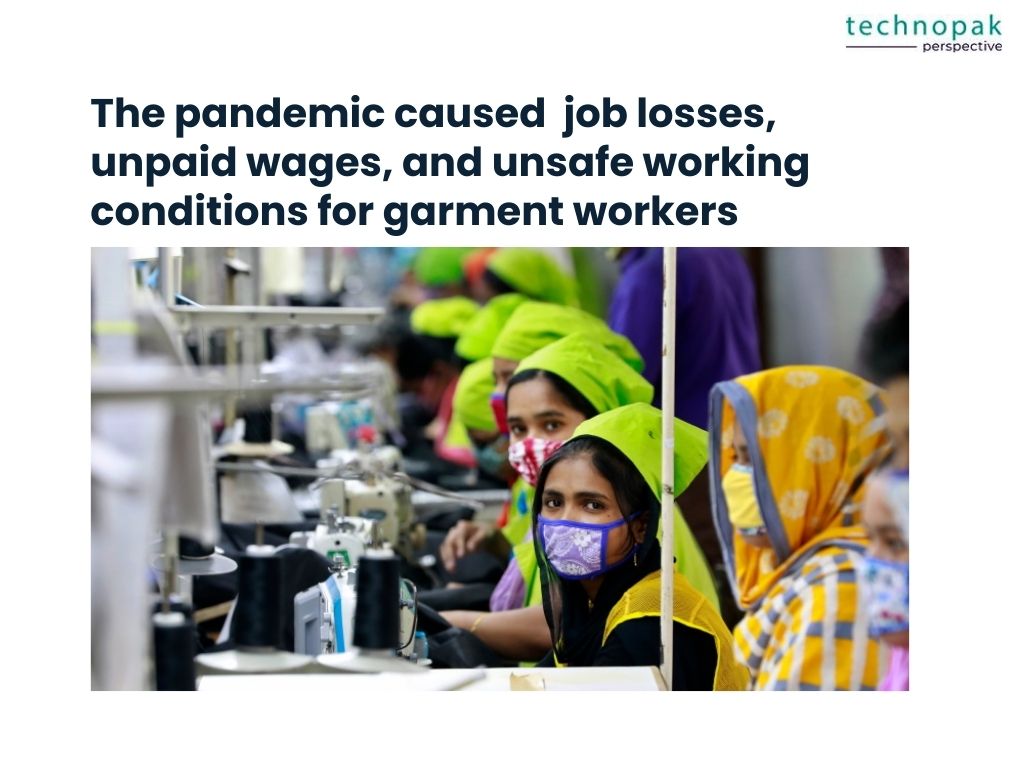


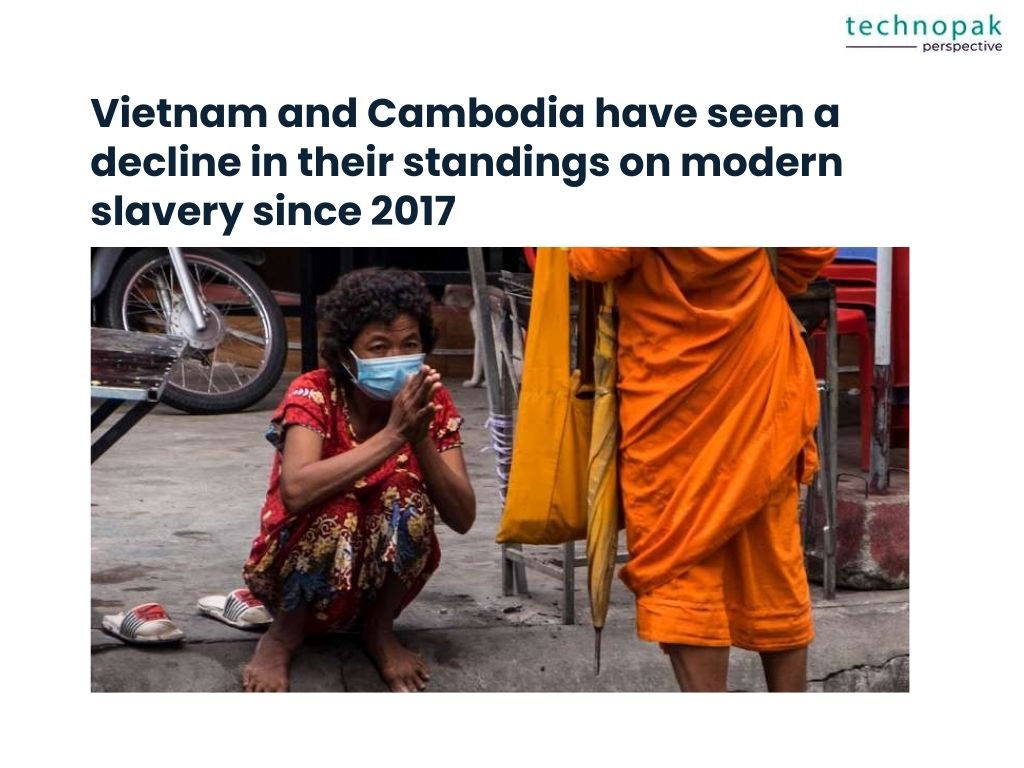
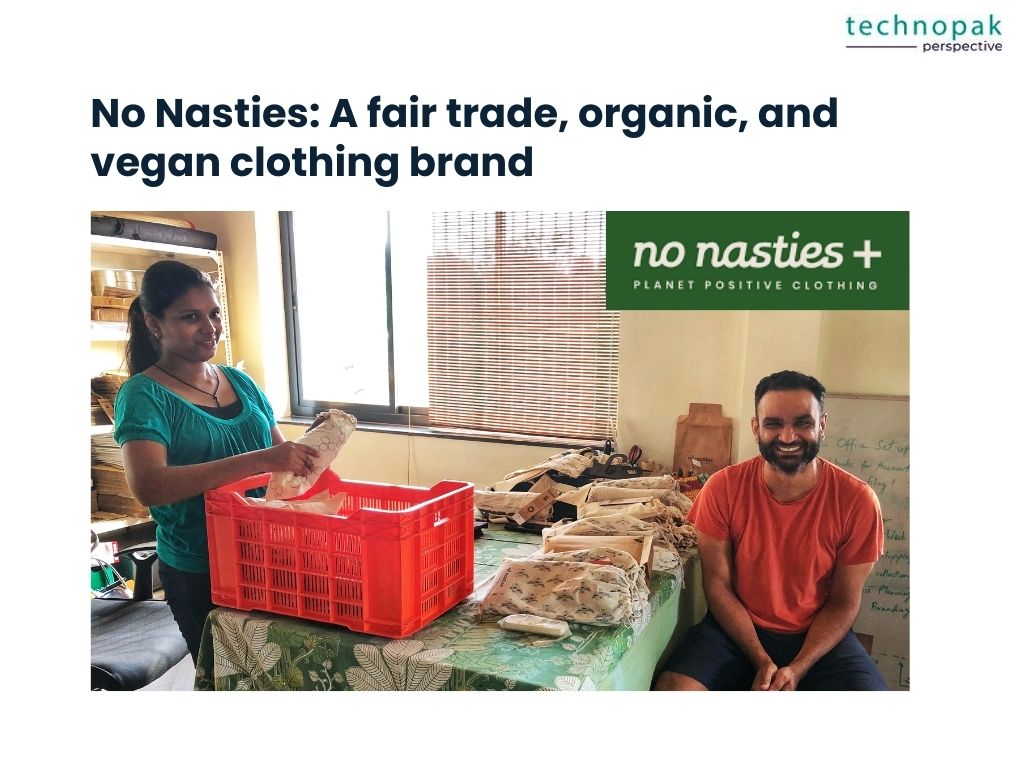
With the looming threat of its conclusion, the Accord for Fire and Building Safety in Bangladesh was revived in August 2021 as an International Accord, broadening its reach to potentially include other garment-producing nations.
Regarding the International Accord for Fire and Building Safety in Bangladesh, the latest updates from 2024 indicate that the Accord held an All Signatory Meeting to discuss the progress and future of the Country-Specific Safety Programs (CSSPs) in Bangladesh and Pakistan. The Accord continues to be a legally binding agreement between companies and trade unions, ensuring workplace safety in the textile and garment industry. It has been successful in implementing safety training, worker awareness programs, and a credible complaints mechanism
Meanwhile, in California, a new law was enacted in July 2021, mandating legal minimum wages for the tens of thousands employed in the garment sector of Los Angeles, shifting from piece-rate pay. This law also holds brands accountable for labor rights violations within their subcontracted suppliers.
In California, the minimum wage laws have seen further updates. Effective July 1, 2024, several cities and counties in California have increased local minimum wages, with specific rates varying by location. For example, Los Angeles City has set the minimum wage at $17.28 per hour, while Emeryville has set it at $19.36 per hour3. These increases are part of the ongoing efforts to ensure fair wages and hold brands accountable for labor rights within their supply chains.
The Centre for Research on Multinational Corporations (SOMO) and the India Committee of the Netherlands (ICN) have published reports documenting the exploitation of young women, particularly from marginalized communities, in the garment industry. These reports have led to increased public concern and pressure on brands to improve labor conditions.
Local NGOs have reported some improvements in employment conditions. For instance, in the Tirupur district, the length of the contract period which girls have to fulfill to receive a lump sum amount – generally consisting of withheld wages – is under discussion, and in some factories, it has been reduced from 3 years to 1 year. The Minister of Labour of Tamil Nadu denounced the Sumangali Scheme and announced the formation of a new committee to establish a minimum wage for spinning mill workers, which was previously non-existent.
The New Textiles Policy aims to boost the textile sector and includes measures for sustainable development

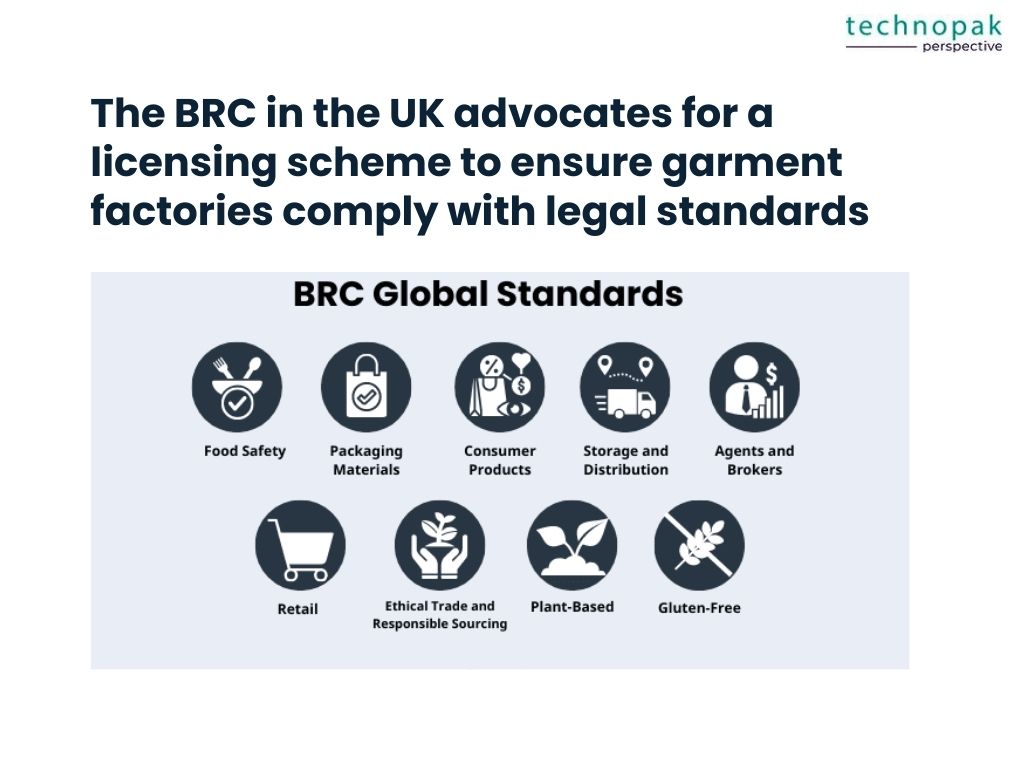
This follows revelations about conditions in textile factories in Leicester, prompting a review into suppliers by fashion group Boohoo. Corporate Efforts: Retail members of the BRC have collaborated through the ‘Fast Forward’ labour standards improvement programme, trained suppliers, implemented better supplier terms and conditions, and de-listed exploitative suppliers

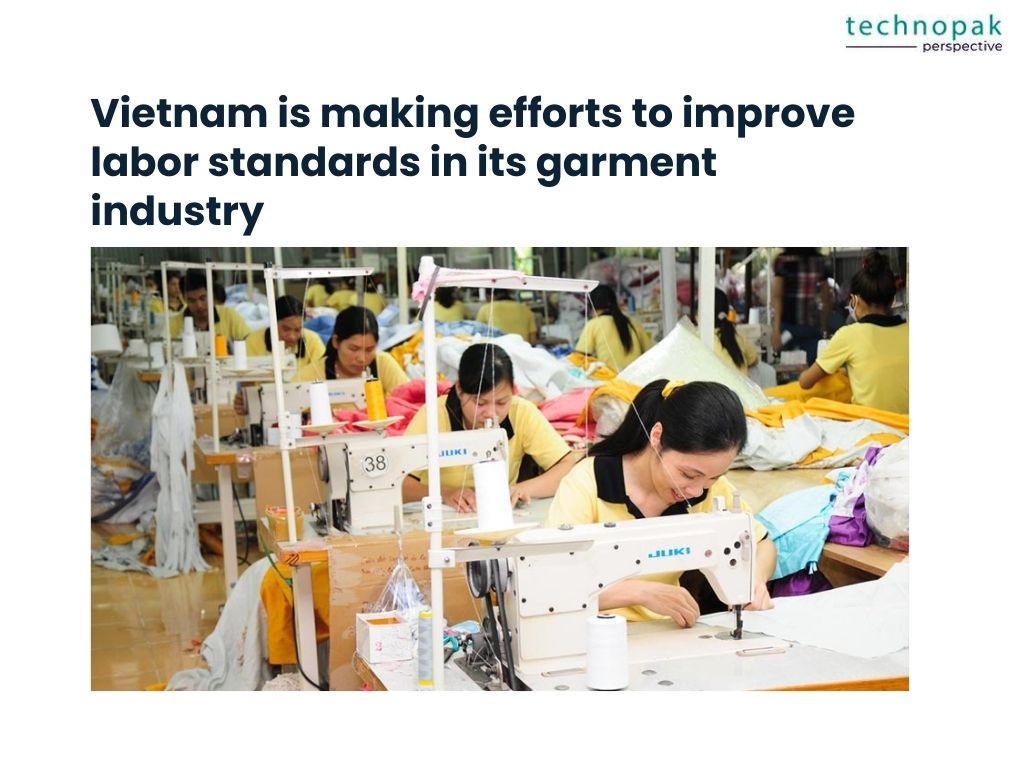
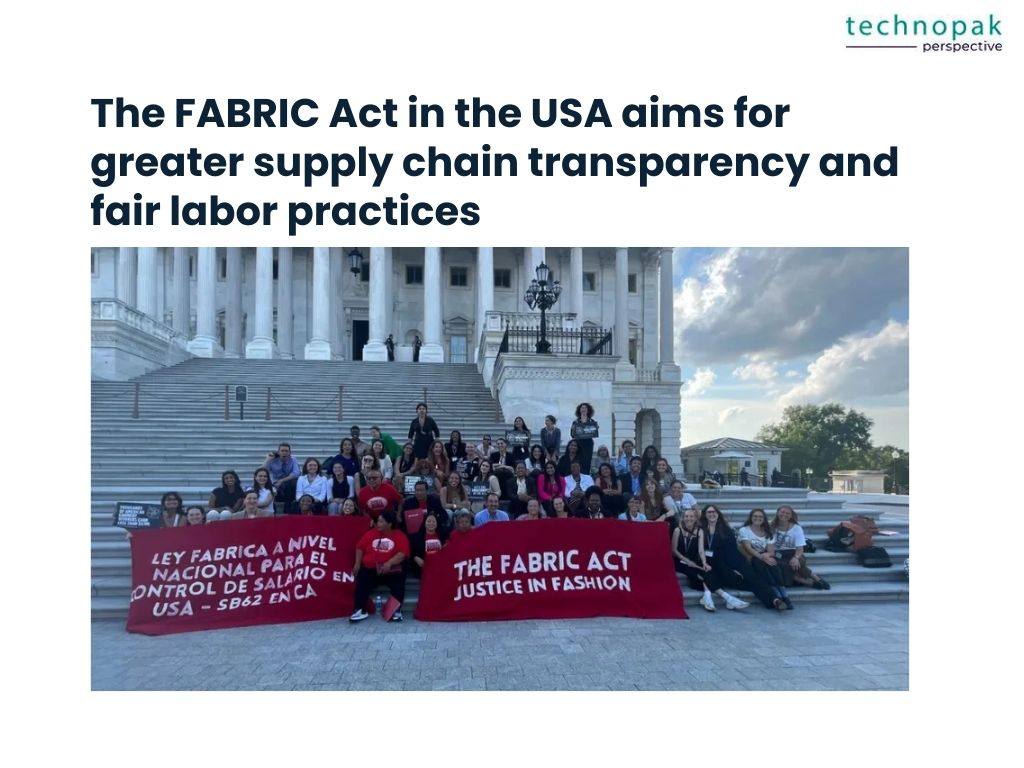
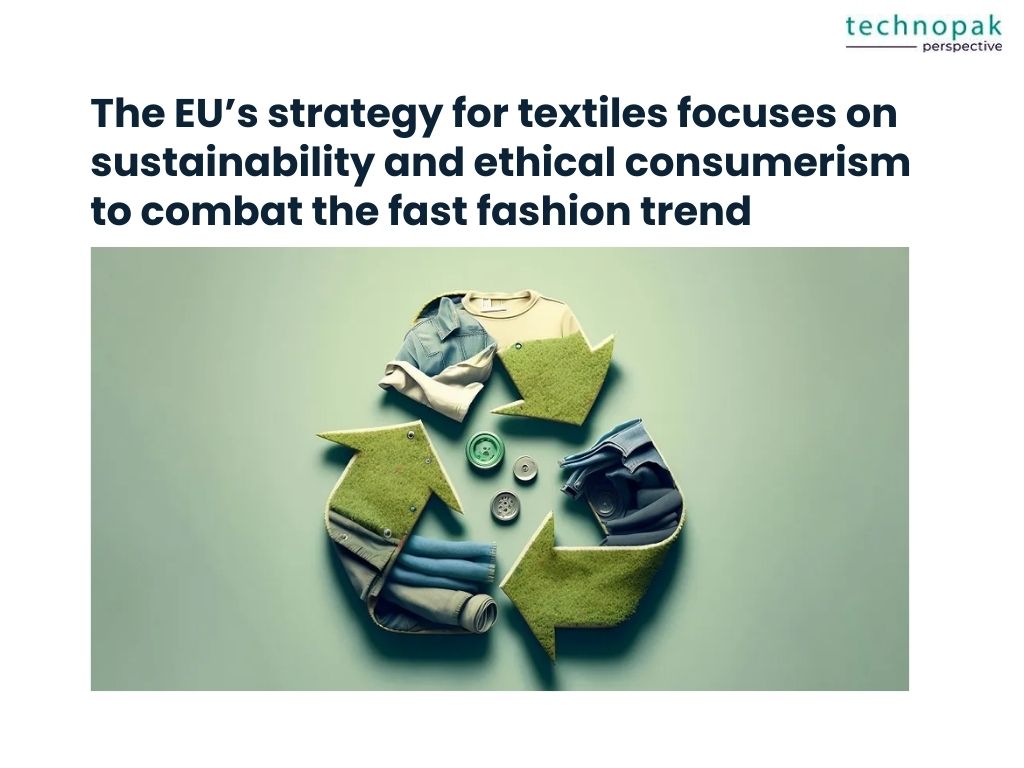
These efforts reflect a growing awareness and commitment to improving the ethical standards of the garment industry globally. However, the effectiveness of these measures often depends on enforcement and the willingness of all stakeholders to engage in meaningful change.
Ethical fashion in India has been gaining prominence over the past few decades, with a significant push for sustainability and ethical practices in the textile and garment industry.
The movement towards ethical fashion can be traced back to the early 2000s, with the establishment of brands like Ethicus in 2009, which was one of the first to focus on organic cotton, natural dyes, and ethical silk.
This period marked the beginning of a broader awareness and commitment to ethical production within the Indian fashion landscape.
The post-independence era saw a revival of traditional Indian crafts and techniques, with designers experimenting with new styles while retaining the essence of traditional designs. This resurgence of interest in indigenous fashion and craftsmanship laid the groundwork for the ethical fashion movement that we see today.
In recent years, there has been a growing recognition of the need for sustainable practices that honor human rights and environmental stewardship. This shift is driven by a collective realization that the future of fashion must be built on a foundation of fairness, transparency, and responsibility. As this renaissance unfolds, it promises to redefine the industry’s standards and set a new benchmark for what it means to be fashionable in India.
The following brands are setting an example for the fashion industry by showing that it’s possible to be both fashionable and responsible.

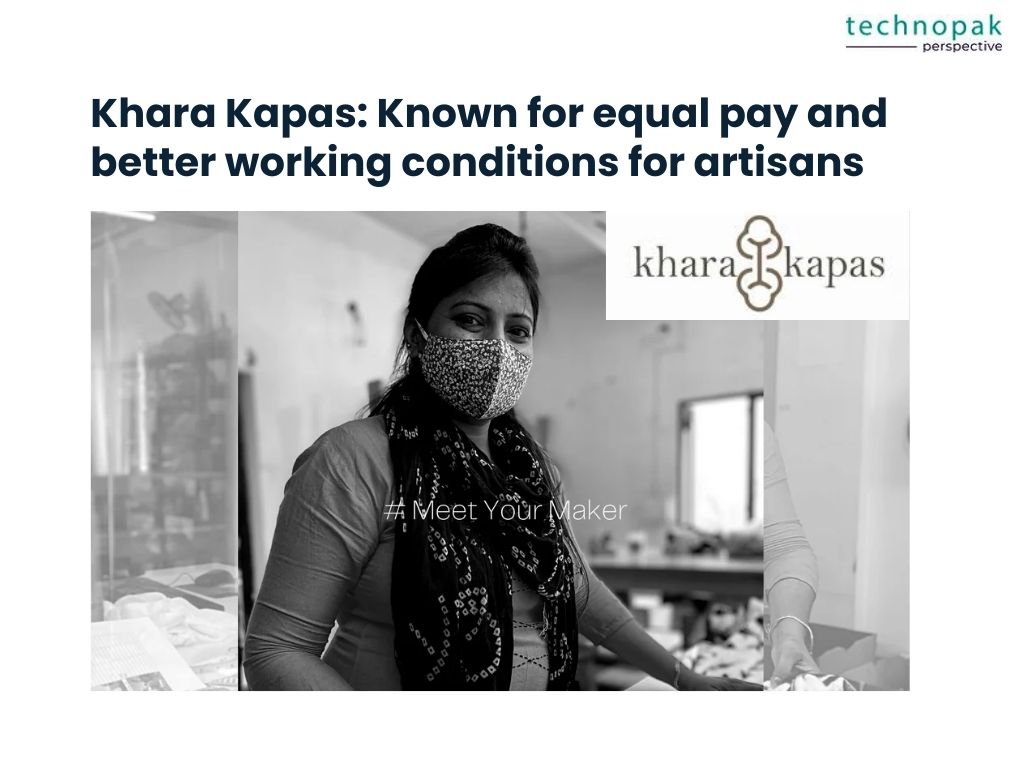
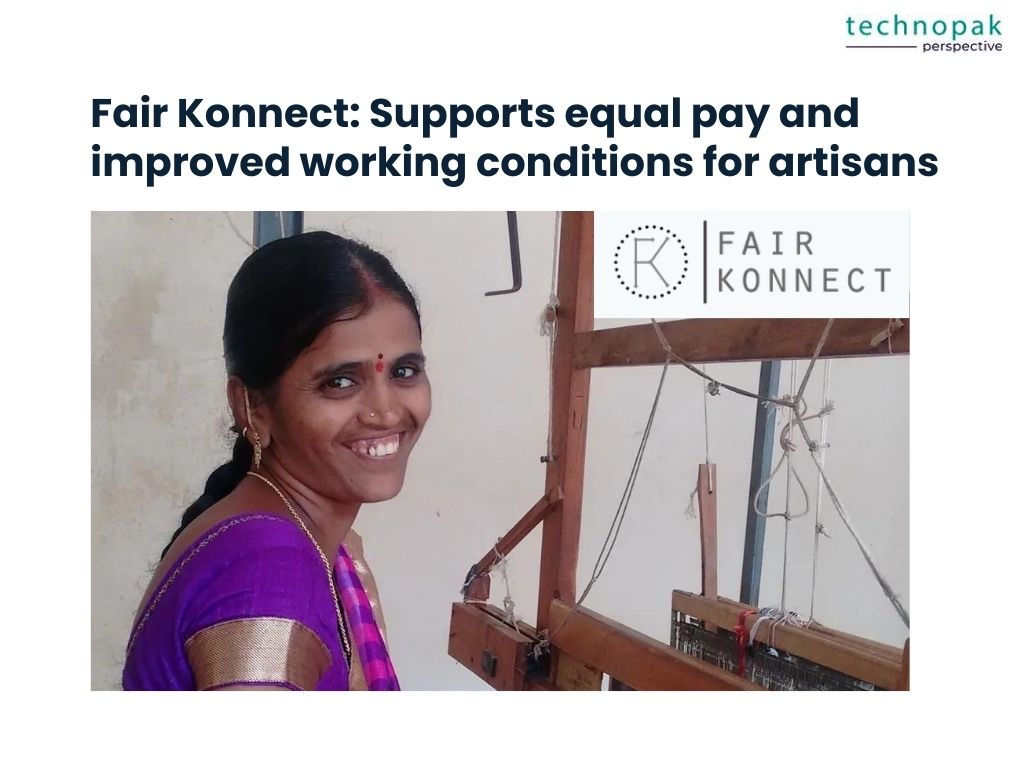
Firms that have leveraged ethical fashion to improve their business outlook and consumer impression across the globe include:



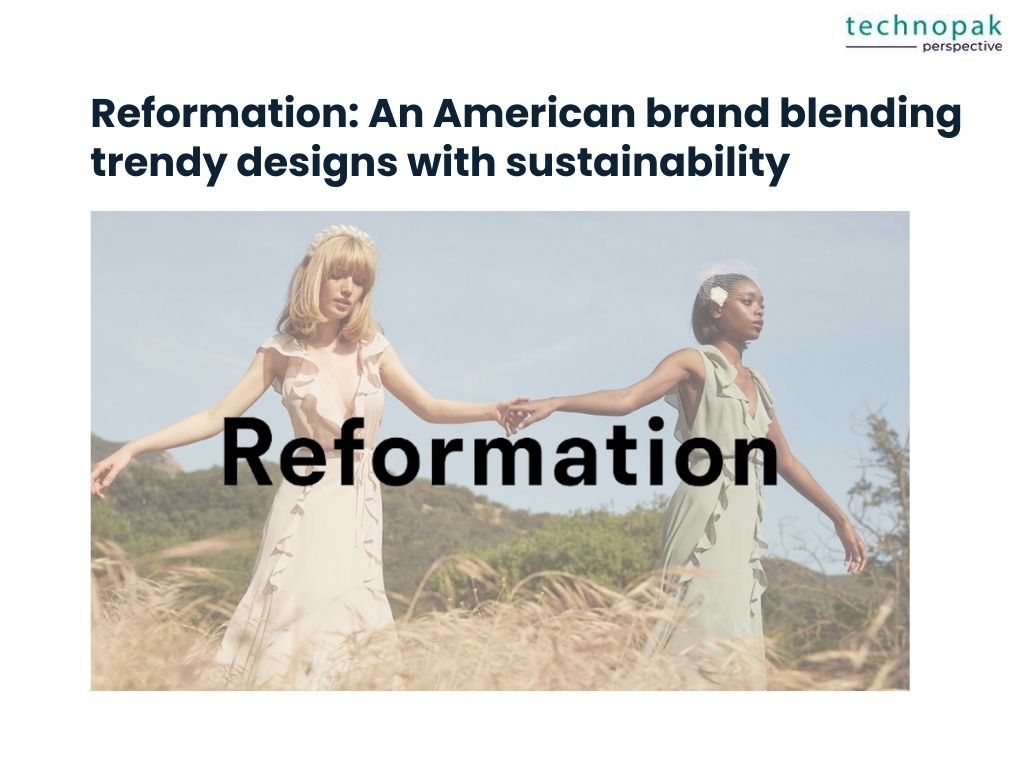
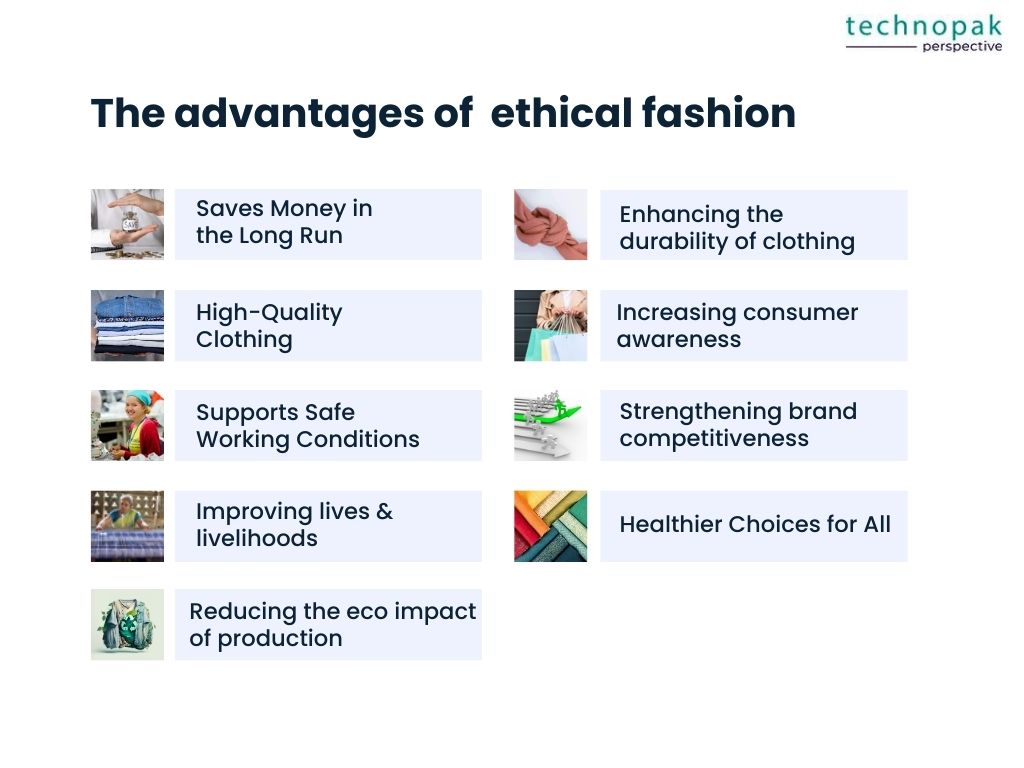
Ethical fashion is a movement that advocates for the respect and protection of human rights in the garment industry. It encompasses various aspects such as fair trade, living wages, safe working conditions, environmental sustainability, cultural diversity, and animal welfare. Ethical fashion benefits not only the workers, but also the consumers, the brands, the retailers, and the society at large.
The global fashion industry is facing a moral and ethical crisis that threatens the human rights of millions of garment workers and the health of the planet.
Ethical fashion is a movement that aims to transform the industry into a more fair and humane sector that respects and protects the rights and dignity of all its stakeholders.
Ethical fashion is not only a trend or a niche, but a necessity and a duty for the future of fashion.
Apparel, fashion and sustainability are key areas for Technopak’s business consultancy.
We can craft winning strategies for you. Get in touch!





